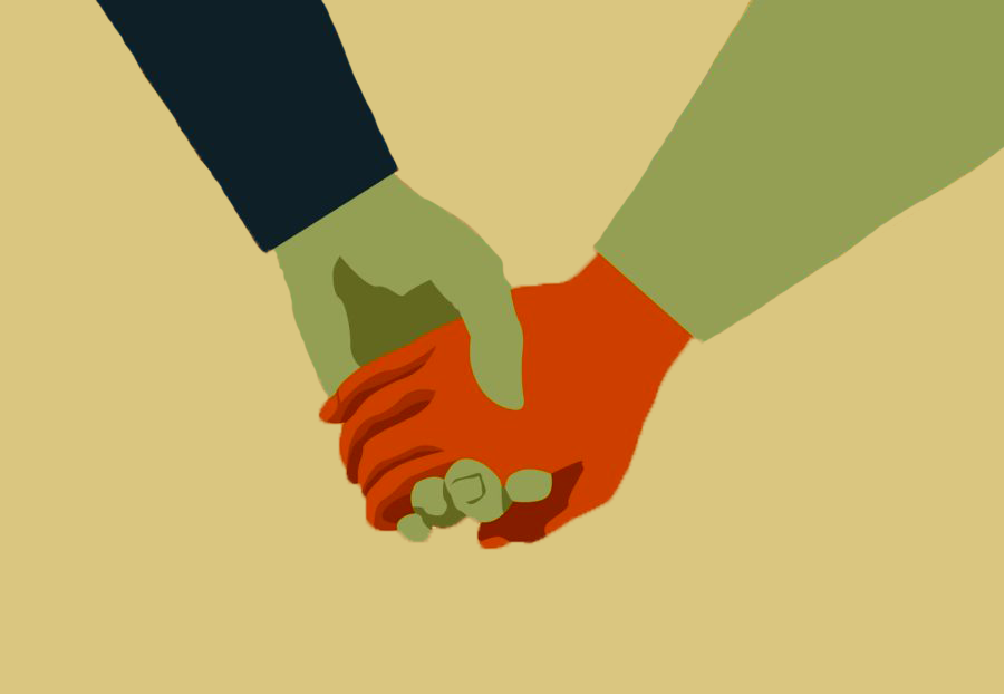
Financially, these aren’t feasible options for many middle-class American couples looking to have children, and alternatives exist that enrich the lives of many more people in the process. While recent advances regarding fertility have their merits, more prospective parents should turn to adoption as a means to expand their family.
I’ll admit the adoption process isn’t perfect. It’s expensive and time-consuming, as well as emotionally taxing when one considers the possible behavioral problems many children exhibit post-adoption. But these issues become considerably smaller when we consider the fact that the benefits of adoption are two-fold.
Through adoption, people are given the chance to become parents, and orphaned children are provided with a family to love and care for them. In many orphanages outside of the U.S., children aren’t given adequate nutrition or attention. In 1994 a neuroscientist at Harvard University named Charles Nelson conducted the first studies on child development in orphanages.
According to Aeon Magazine, Nelson analyzed Romanian orphans in both foster care and orphanages and found that children in the latter group suffered physically, socially and psychologically from their surroundings. Most children had a condition called strabismus that resulted from having nothing to focus their eyes on as infants. Many suffered from malnutrition and physical distrophy from not being fed or held. Most disturbingly, these children relied on constantly rocking back and forth or self-mutilation as a means to stimulate themselves and relieve anxiety in a world where they were never given attention.
These conditions were detestable, and though they may have improved in the last decade, thousands of children worldwide still call this reality. There are approximately 5 million orphans in Ethiopia alone, 800,000 of whom lost their parents to AIDS. These children are yearning for exactly the thing so many Americans are looking to provide after enduring endless cycles of fertility treatments — a family.
There are those who believe adoptions should be carried out domestically rather than internationally and that an influx of Americans seeking to adopt kids from other nations creates a demand for children in these nations. This brings up the problem of “baby-selling” and the manipulation of women to give up their children.
According to the Schuster Institute for Investigative Journalism, adoptions from Vietnam stopped two years ago, revealing murders of Vietnamese citizens in the pursuit of their babies and several hospitals declaring newborns “abandoned” and putting them up for adoption without their parents’ consent. A CNN article tells the separate story of a 19-year-old Ethiopian woman who was adopted by an American family, her sisters adopted by friends of the family, who’d convinced her father his children were traveling to America for a tempovrary education program.
All these stories serve to show us that the children living in such environments need more than ever to be removed from it. In a perfect world we could address and eliminate the problems in these nations so the word “orphan” no longer exists, but our world isn’t perfect. The next best thing we can do is provide a life for those children who weren’t granted the same blessings we enjoy.
For those who aren’t prepared to adopt, there are services in which American families provide the funding for children from nations such as Ethiopia to be adopted by couples in their own villages. And while the methods may differ, the result is the same — a world where individuals get to be parents and where children get to be loved.









